Science advances not through random guesses, but through carefully tested ideas. The scientific method is the universal framework that scientists use to investigate the world around us. It combines curiosity with systematic observation, experimentation, and reasoning. At the center of this method lies the hypothesis — a statement that proposes a possible explanation for an observation and can be tested through experimentation.
Whether it’s studying the motion of planets, understanding why light bends during refraction, or developing new materials, every scientific advancement begins with a hypothesis and follows the logical sequence of the scientific method. This process transforms simple questions into profound discoveries that expand human understanding. For students, especially in Classes 10 and 11, learning this process builds the foundation for logical thinking, data analysis, and problem-solving skills essential in all scientific disciplines.
The Essence of the Scientific Method
The scientific method ensures that science remains objective and verifiable. It eliminates bias by demanding evidence for every claim. This method typically involves seven systematic steps that help scientists arrive at reliable conclusions:
- Observation: Notice a phenomenon or pattern in nature. For example, seeing the deflection of a magnetic needle near a wire carrying current may lead to questions about magnetic fields.
- Question Formation: Formulate a question that arises from observation — for instance, “Why does the compass needle move near an electric current?”
- Hypothesis Formation: Propose a possible answer or explanation that can be tested.
- Experimentation: Design experiments to check if the hypothesis is valid. A student might apply Kirchhoff’s Law or use controlled circuits to explore the relationship between current and potential difference.
- Data Collection: Gather information through careful measurement, often using precise instruments such as ammeters or voltmeters.
- Analysis and Conclusion: Evaluate whether the results support or reject the hypothesis.
- Communication: Share the findings with the scientific community to ensure validity through replication.
This cycle is iterative — meaning that even if a hypothesis fails, it refines understanding and inspires new questions.
Understanding Hypothesis Formation
A hypothesis is the starting point of all experiments. It is an intelligent prediction that connects cause and effect. To be meaningful, a hypothesis must be:
- Testable: It should be possible to verify through observation or experimentation.
- Specific: It must define the relationship between measurable variables.
- Predictive: It should forecast outcomes under specific conditions.
For instance, “Light bends when it travels from air to water due to a change in medium density” is a simple yet precise hypothesis that can be tested through the refraction of light. Through systematic experiments, this hypothesis can be validated, refined, or replaced, which mirrors how modern science evolves.
A strong grasp of how to form a hypothesis helps students develop analytical reasoning — the ability to form conclusions based on evidence rather than assumptions.
Expanded Steps of the Scientific Method
Let’s delve deeper into how each stage of the scientific method functions in real-world problem-solving:
- Observation and Identification: Every scientific discovery begins with curiosity. When students notice a flickering bulb, they may hypothesize a voltage drop, leading them to explore circuits using principles like Faraday’s Law.
- Creating a Hypothesis: Based on prior knowledge, they might predict that “A loose wire connection is causing fluctuations.”
- Testing the Hypothesis: Using controlled experiments and measurable parameters, they verify or reject this assumption.
- Recording and Organizing Data: Data must be accurately documented through charts, tables, and mathematical analysis.
- Interpreting Results: Students compare outcomes with their initial predictions, drawing conclusions that align with theoretical frameworks.
Such exercises not only sharpen observation but also foster critical thinking and creativity — two hallmarks of scientific education.
Examples of Hypothesis in Action
Many landmark discoveries that reshaped science began as simple hypotheses:
- Newton’s Laws: Inspired by the motion of falling apples, Newton hypothesized a universal gravitational force, leading to his laws of motion.
- Ohm’s Law: Ohm hypothesized that current is directly proportional to voltage, a principle confirmed by experiment.
- Faraday’s Law: Faraday proposed a link between changing magnetic fields and induced electric currents, forming the basis of modern electromagnetism.
- Einstein’s Theory of Relativity: Einstein hypothesized that the speed of light is constant, fundamentally changing our view of time and space.
Each of these examples shows how the scientific inquiry process moves from idea to theory, built on the backbone of hypothesis testing and experimental verification.
Role of Technology and Instruments in Scientific Inquiry
Accurate observation depends on reliable tools. Scientific instruments make invisible phenomena measurable and verifiable. For instance, a spectrometer measures light properties, while an oscilloscope tracks voltage variations over time. In physics, precision tools combined with concepts such as Kirchhoff’s Law and Faraday’s experiments create a strong foundation for reproducible research.
In today’s world, instruments powered by artificial intelligence and computer simulations further enhance data accuracy. From microscopes revealing cellular structures to telescopes capturing distant galaxies, technological advancement continuously pushes the limits of scientific understanding.
Educational Importance of Learning the Scientific Method
Learning the scientific method steps goes far beyond passing exams — it teaches logical thinking and resilience. Students trained in scientific reasoning question assumptions, seek evidence, and base their conclusions on facts. Experimentation-based learning nurtures innovation and teamwork, preparing learners for careers in engineering, research, and data-driven sciences.
Moreover, it encourages ethical investigation, ensuring honesty in data reporting and transparency in results. The method’s emphasis on peer review helps students value collaboration and critical feedback as part of the learning process.
Linking the Scientific Method to Physics and Innovation
Physics thrives on the systematic testing of hypotheses. The journey from observation to law — as seen in discoveries by Galileo, Newton, and Faraday — highlights the value of persistence and precision. Students exploring famous scientists and their inventions will notice that the same scientific principles continue to inspire today’s technologies — from electric motors to quantum computers.
When combined with modern physics concepts such as electromagnetism and optics, the scientific method provides a structured path toward innovation and problem-solving. It transforms curiosity into measurable progress.
FAQs
Q1. What is a hypothesis in scientific research?
A hypothesis is a carefully framed, testable statement that predicts the outcome of an experiment. It serves as the foundation for exploration and reasoning.
Q2. What are the key steps of the scientific method?
The main steps include observation, forming a hypothesis, designing experiments, collecting and analyzing data, and concluding results. These ensure systematic and unbiased scientific inquiry.
Q3. Can a hypothesis change over time?
Yes. As new evidence appears, scientists may refine or completely revise their hypotheses. This adaptability ensures that science remains dynamic and self-correcting.
Q4. How can students learn to form better hypotheses?
Students should start by observing real-life patterns, asking logical questions, and predicting outcomes they can test using simple experiments or simulations.
Q5. Why is the scientific method essential in research?
It ensures that findings are based on observable evidence rather than opinion. The method also promotes consistency and replicability, vital for technological advancement.
Q6. How do instruments aid hypothesis testing?
Instruments such as ammeters, spectrometers, and voltmeters allow precise measurement and verification of hypotheses, helping validate or refute scientific ideas effectively.
Conclusion
The scientific method is the heartbeat of discovery. It empowers scientists and students alike to transform curiosity into understanding. By learning to observe carefully, hypothesize logically, and experiment systematically, one develops the tools necessary for innovation. Whether exploring refraction of light or studying electromagnetic forces, the scientific method provides a structured approach to uncovering truth. Mastering this method early instills critical thinking, discipline, and creativity — the essential traits of every great scientist.
Table of Contents


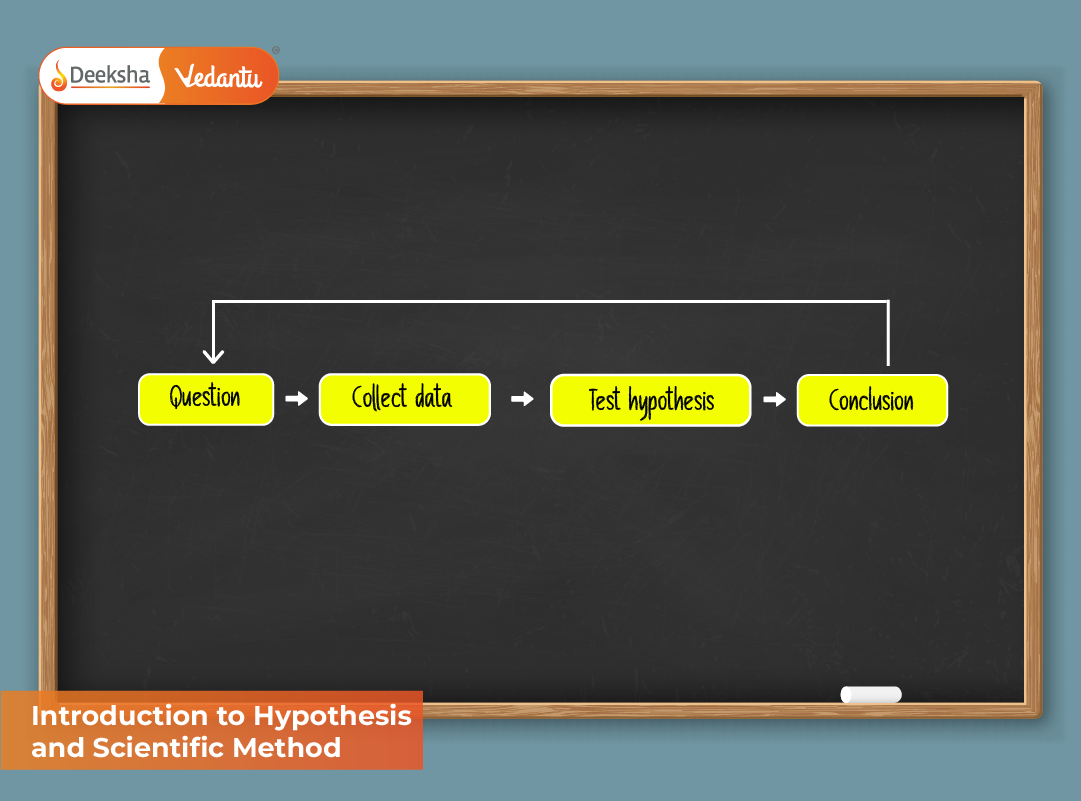



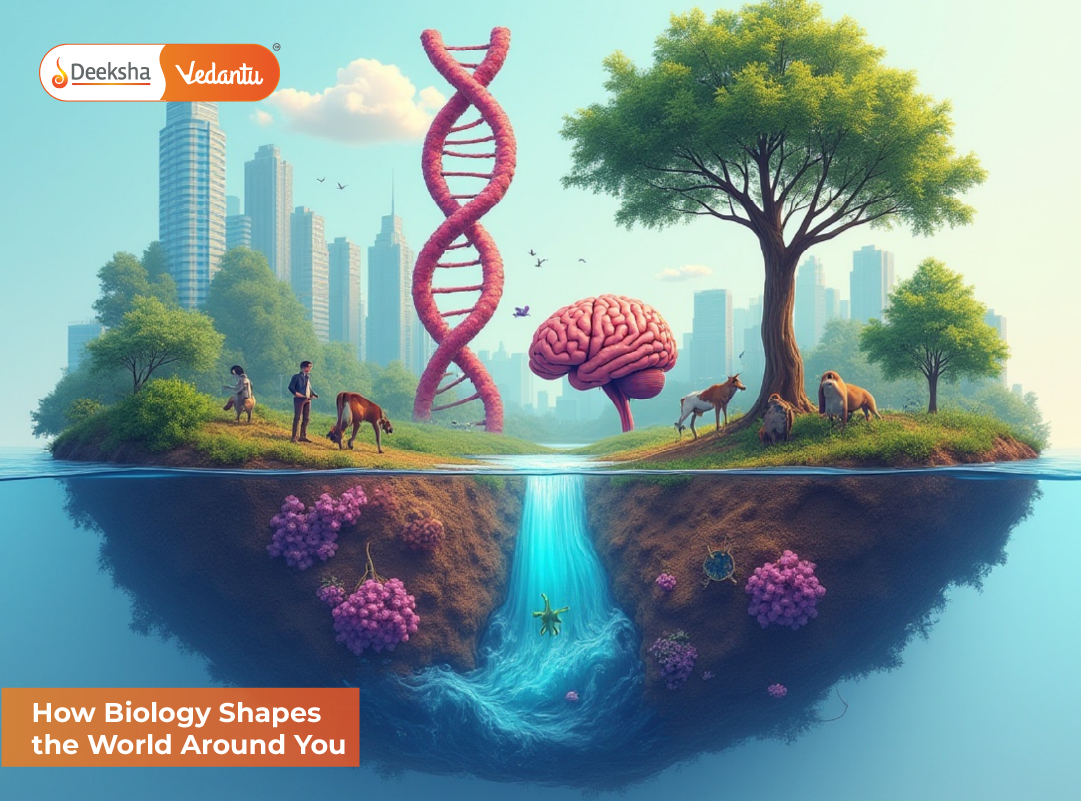

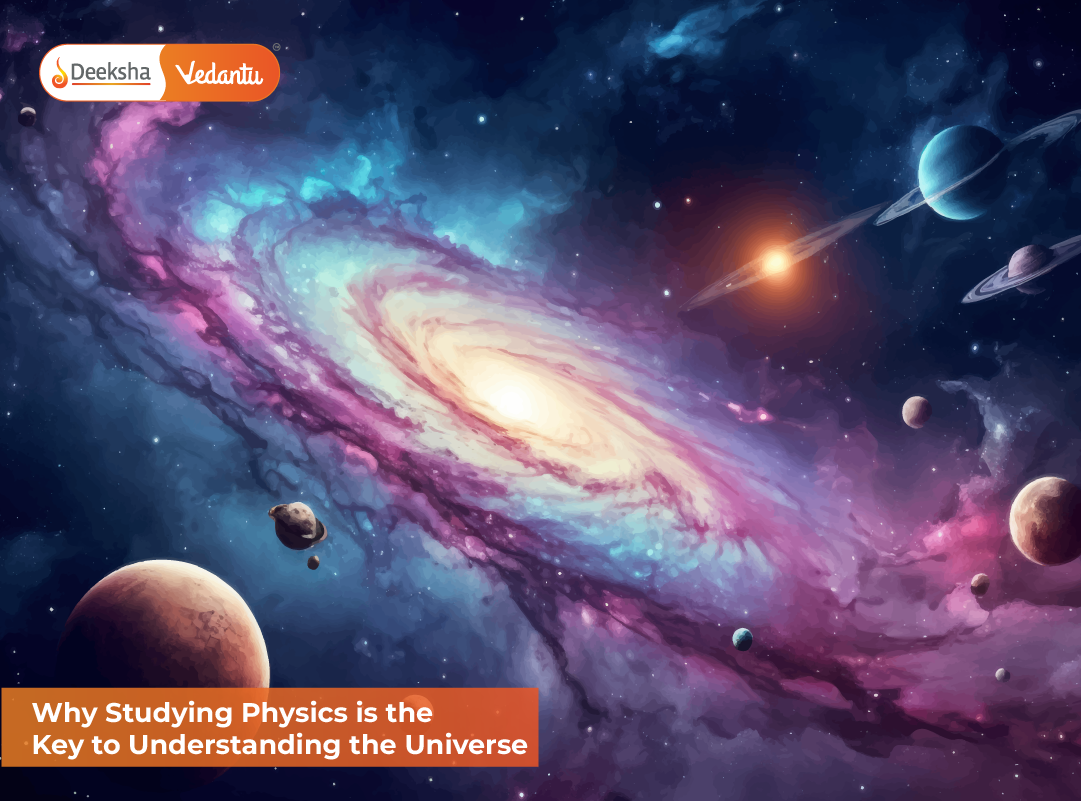

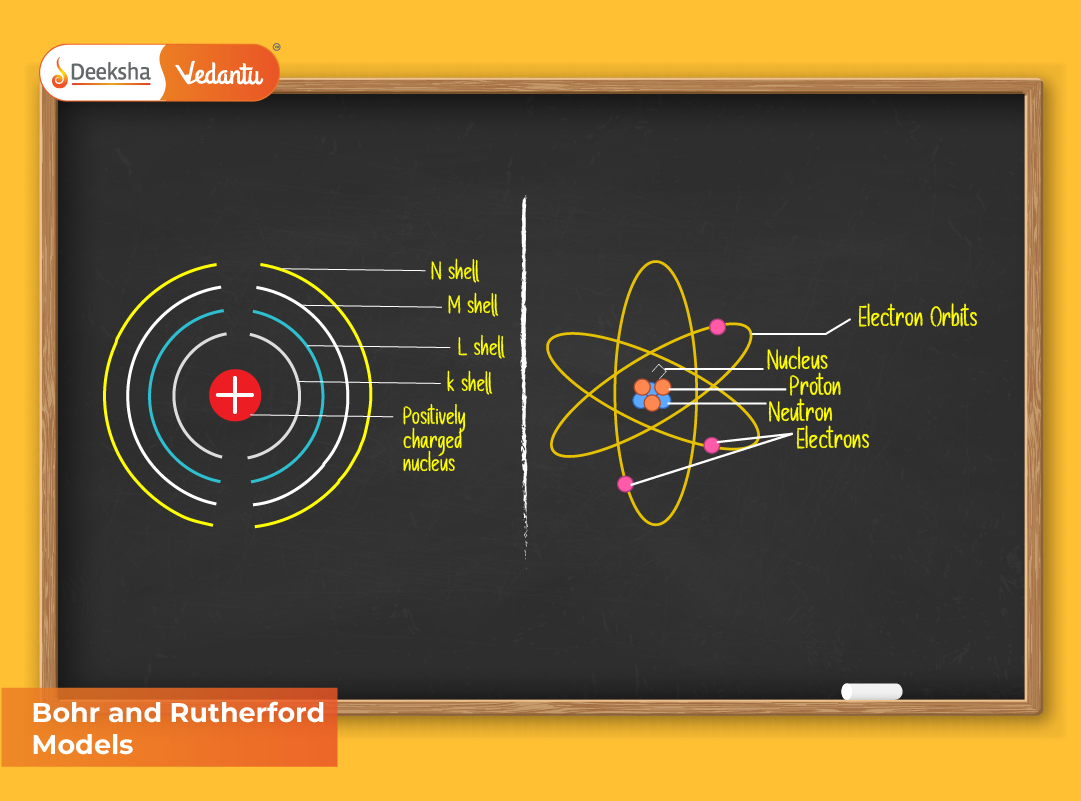
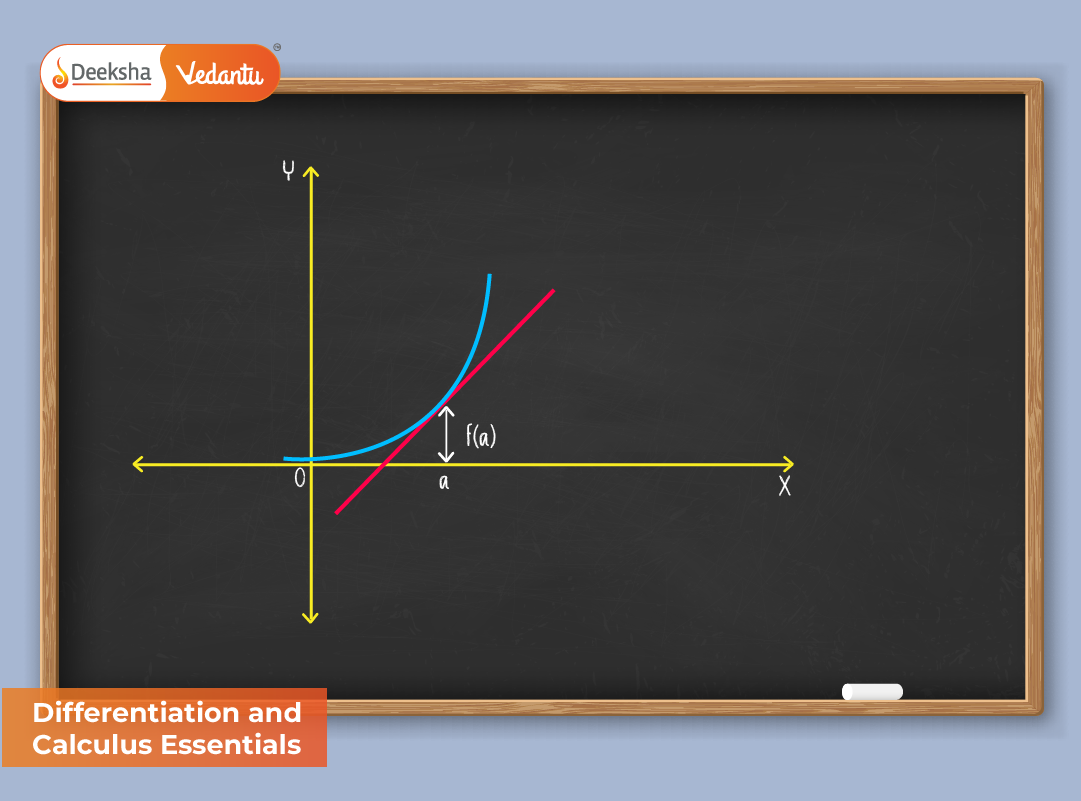


Get Social